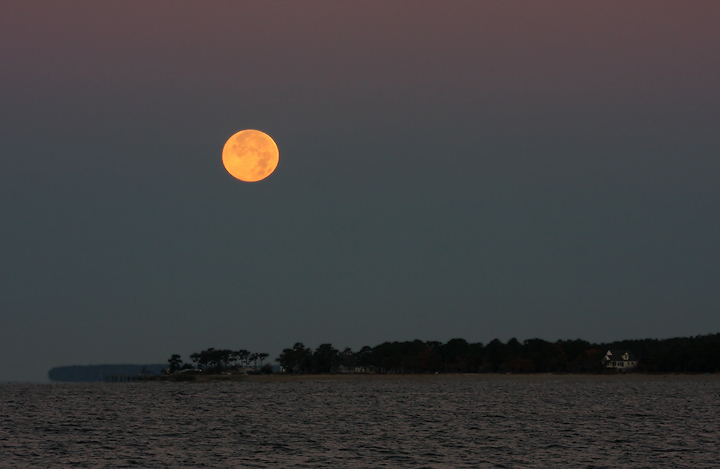New Additions
Out and about in Maryland. Last updated: 12/31/2007.
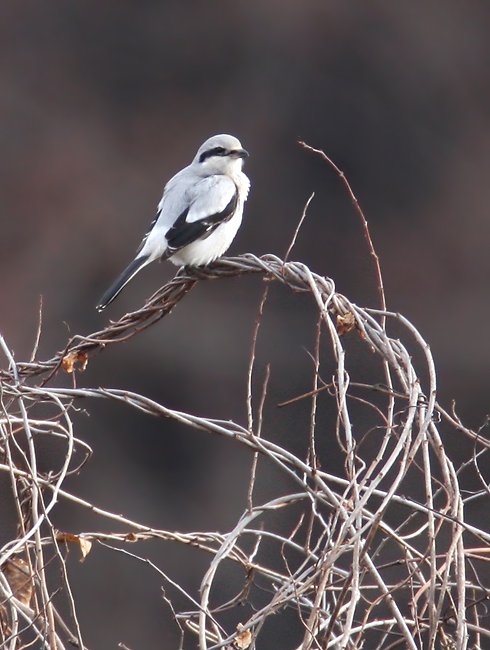
Above and below two: A Northern Shrike at Cromwell Valley Park, Baltimore Co., Maryland (12/29/2007). According to Bob Ringler, this is the first Northern Shrike recorded in the county since 12/2/1894, when one was collected in Dulaney Valley (Kirkwood).
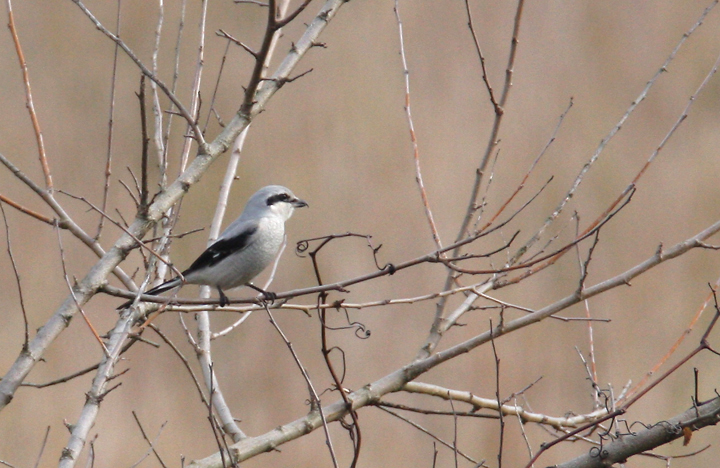
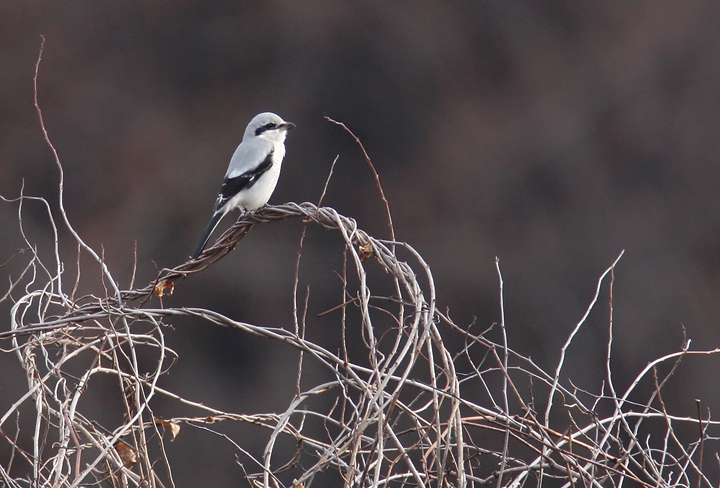
Below: A male Northern Cardinal in Anne Arundel Co., Maryland (12/21/2007).
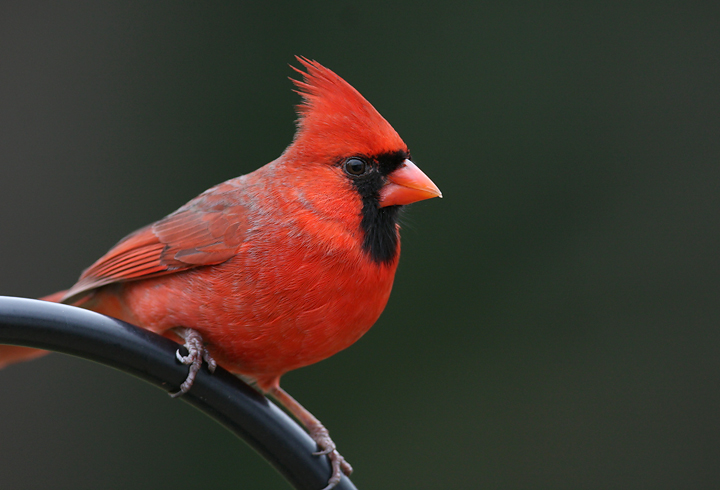
Below two: Two VERY distant documentation photos of a female King Eider at Point Lookout SP, St. Mary's Co., Maryland (12/23/2007). Though conditions were challenging, the views via spotting scope were much better!
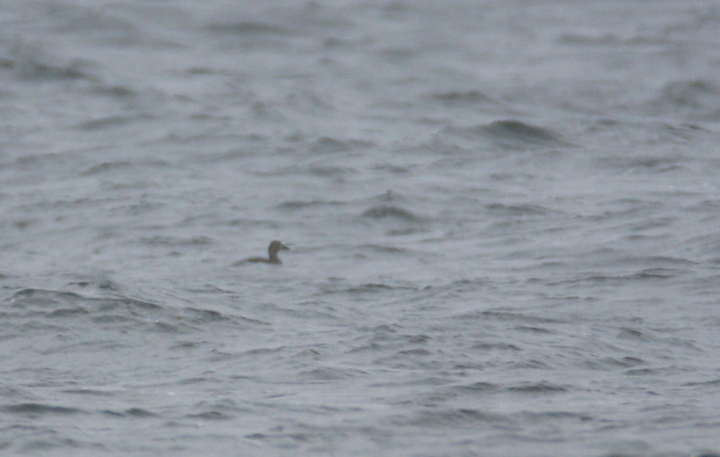
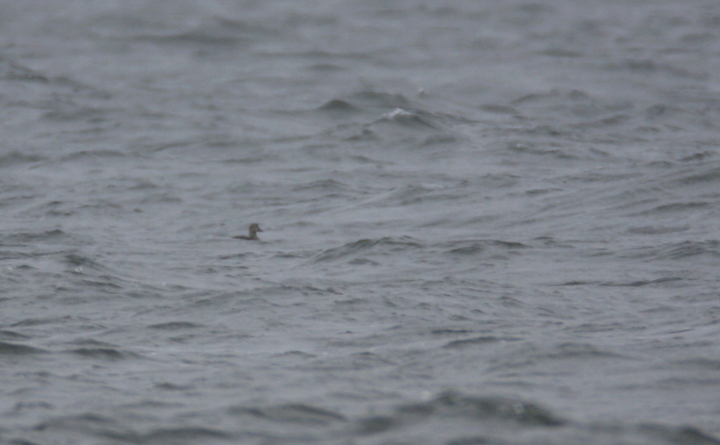
Below: A flock of Greater Scaup flies past Point Lookout, St. Mary's Co., Maryland.
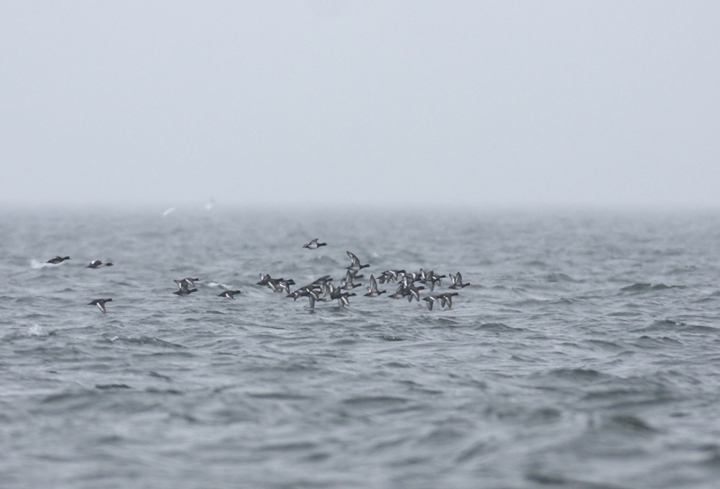
Below: A Snow Bunting feeding along Triadelphia Reservoir, Montgomery Co., Maryland (12/15/2007).
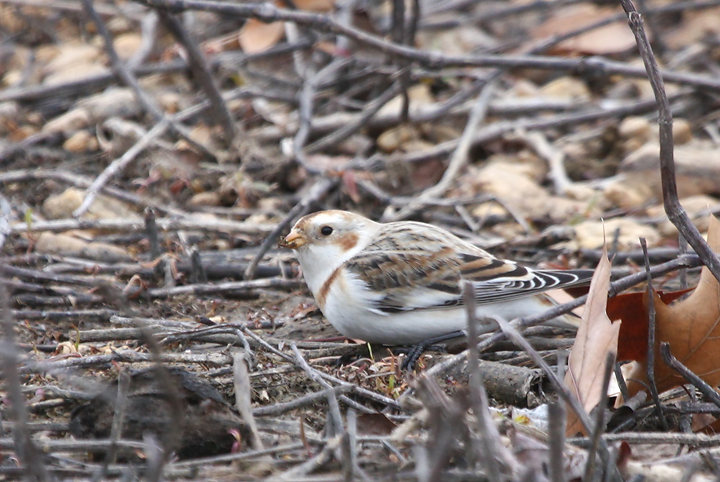
Below: A Northern Mockingbird feeds on ornamental berries in Anne Arundel Co., Maryland (12/21/2007).
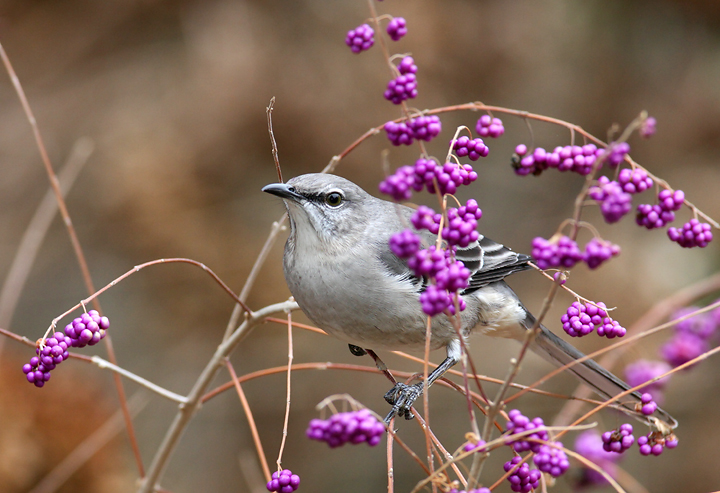
Below: A male Red-bellied Woodpecker allows a look at its namesake red belly, Anne Arundel Co., Maryland (12/21/2007).
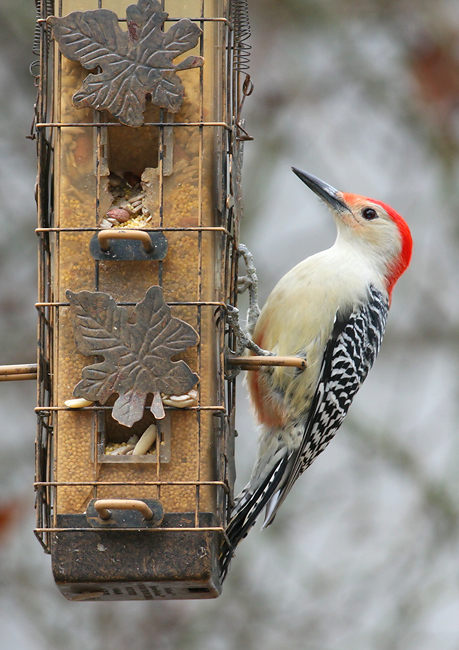
Below: A Red-breasted Nuthatch in Anne Arundel Co., Maryland (12/21/2007).
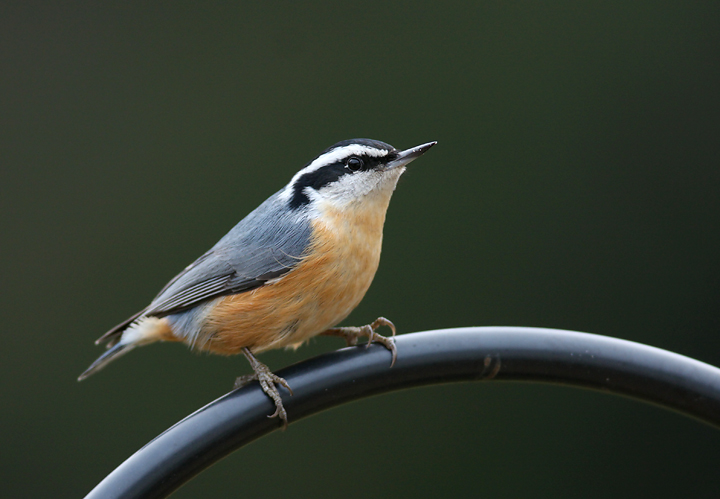
Below: An adult Red-shouldered Hawk poses momentarily near Piscataway Park, P.G. Co., Maryland (12/8/2007).
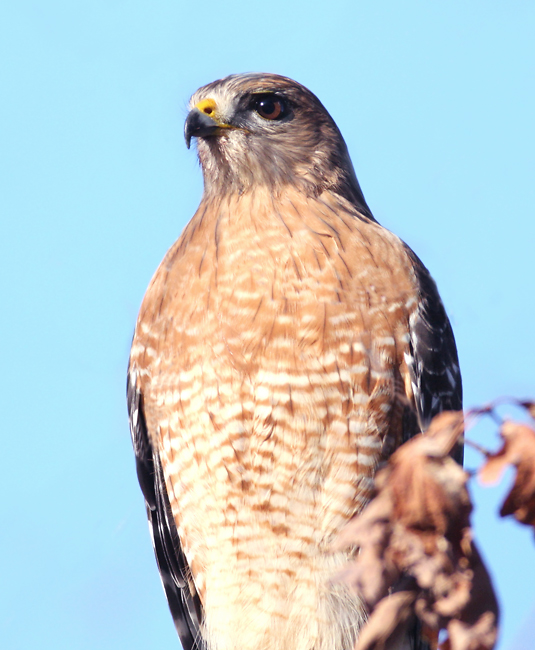
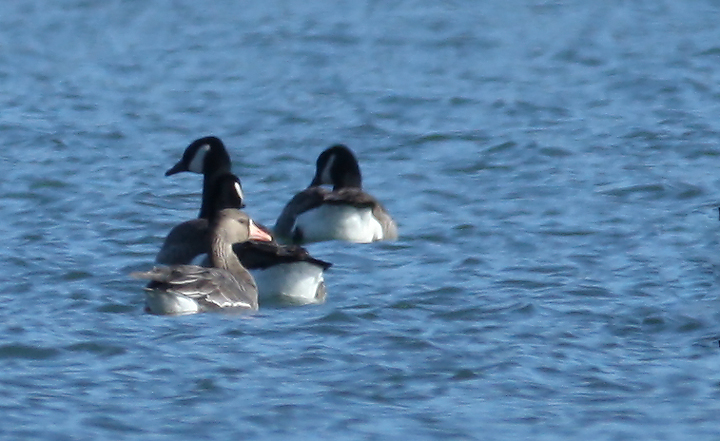
Above and below: Documentation photos of an inland subspecies Greater White-fronted Goose at Little Meadows Lake, Garrett Co., Maryland (12/2/2007). Most of our area's Greater White-fronted Goose records are of the flavirostris subspecies, which breeds in Greenland. Some of the key field marks for the Greenland population include an orange bill, dark head, and extensive dark speckling on the belly. Although there is still contention about this species' taxonomy, the latest data I've seen describes three "pink-billed" inland subspecies of Greater White-fronted Goose. These are less expected but possible on the East Coast: Tundra (frontalis), the Beaufort Sea population (gambelli), and Tule Goose (elgasi). The Tundra subspecies (frontalis) is the most expected of the inland subspecies in our area, but eliminating the other two is considered difficult. Tundra has the largest range and population size of the inland subspecies, and has been confirmed in a number of records along the East Coast. The nominate European subspecies (albifrons) is not expected in our area, but is similar to frontalis. According to Birds of North America On-line, there have been "no Nearctic band recoveries in Siberia, or Palearctic recoveries in North America." I can find no records of this subspecies in North America. The bill of the bird shown here is a bubblegum pink that really jumped out at us, contrasting strongly with the bird's bright orange legs. It was smaller and lighter than a Greenland bird, with relatively little speckling on the belly. This individual, which was found by Mikey Lutmerding, is one of the first documented records of an inland subspecies of Greater White-fronted Goose in Maryland. It's fascinating that the more expected visitors to our area are of the population that breeds in Greenland rather than Alaska and Canada. Additional comments are welcomed. Thanks to those who have commented already.
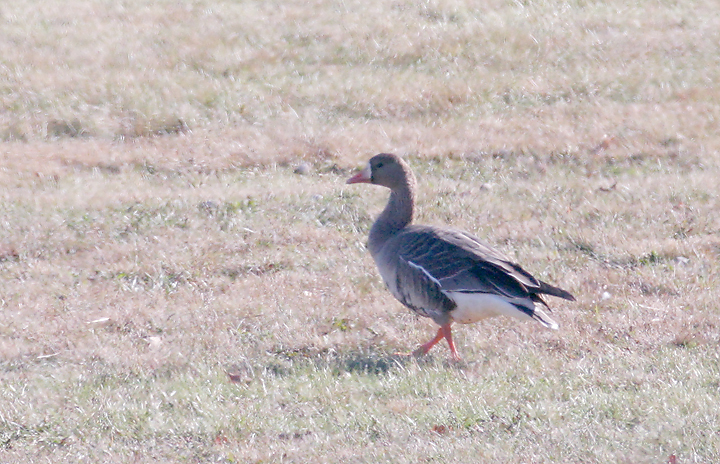
Below: A subadult Northern Shrike at dawn in eastern Garrett Co., Maryland (12/2/2007).
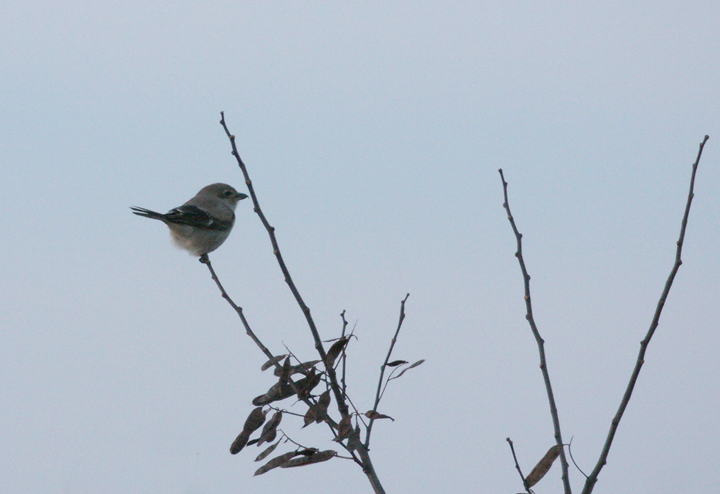
Below: An adult Ring-billed Gull in flight over Fort Smallwood Park, Anne Arundel Co., Maryland (11/27/2007).
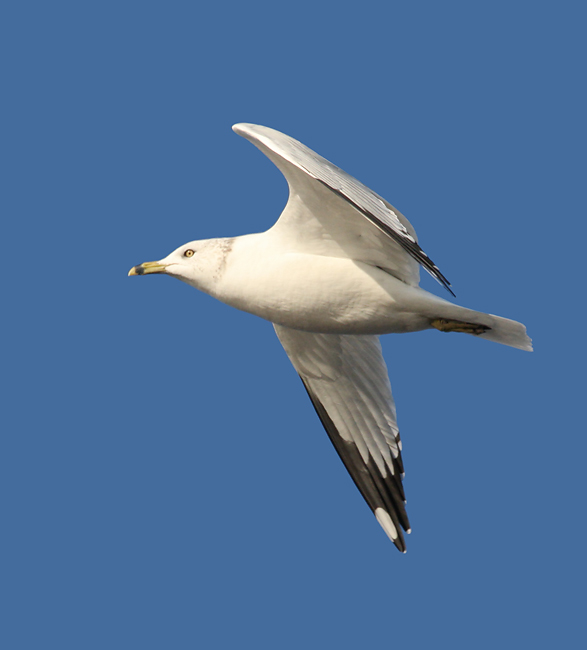
Below two: An adult drake Gadwall in coastal Worcester Co., Maryland (12/9/2007). American Coot in background.
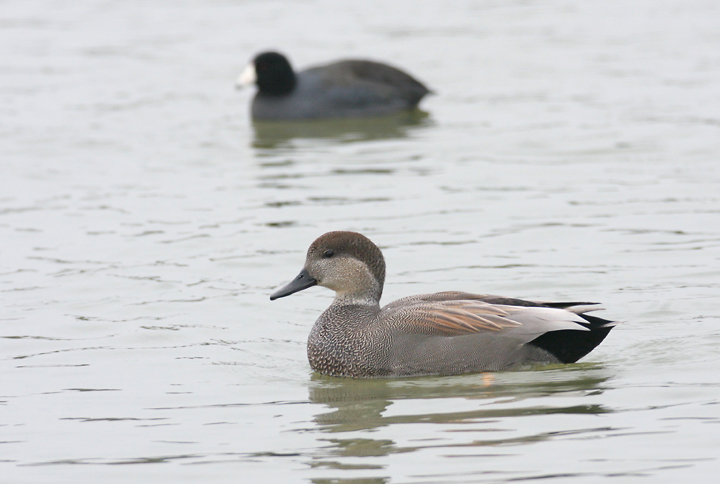
Below: A very differently plumaged drake Gadwall (front) and hen American Wigeon (back) in Worcester Co., Maryland (12/9/2007). This image illustrates nicely how easy it is to not pay enough attention to less common plumages of our common ducks. I immediately called this bird a Gadwall based on structure, but on thorough review found some details unfamiliar enough that I began wondering if it might be a hybrid (e.g., Gadwall x American Wigeon). Calling on the experts, a strong majority called this bird a young male molting into its first-winter plumage. Thanks to everyone who commented.
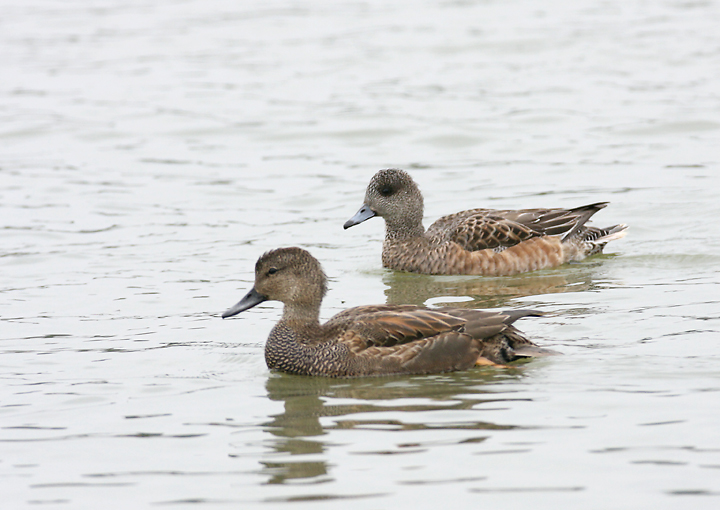
Below: Yet again the gang narrowly avoids certain death...
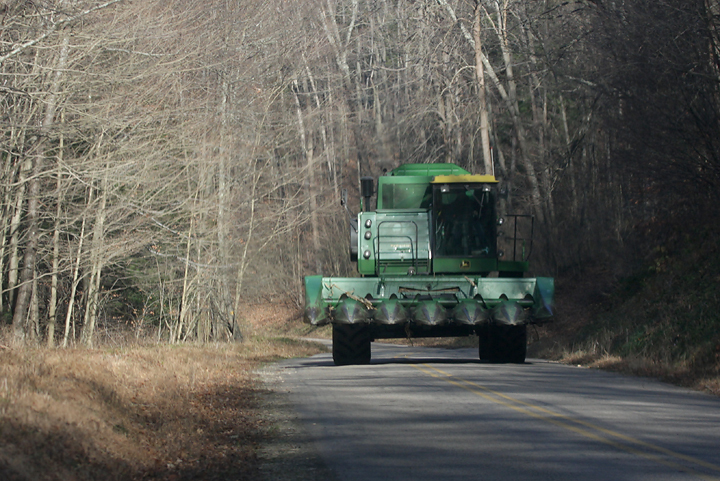
Below: The day draws to a close at Piney Reservoir in northeastern Garrett Co., Maryland (12/2/2007).
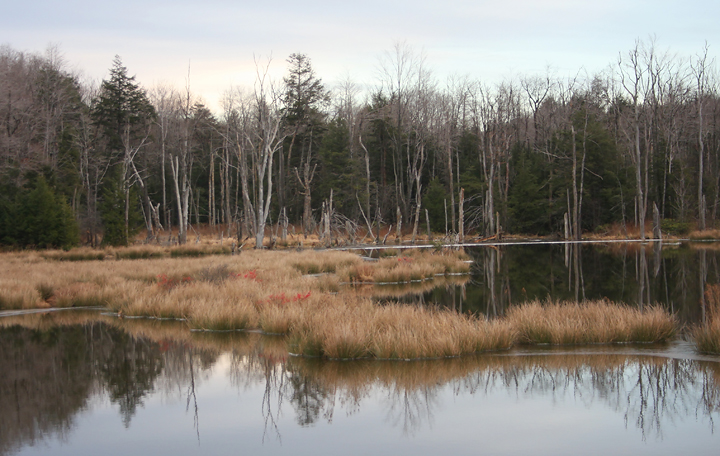
Below three: Two of three Cackling Geese on Back Creek, Cecil Co., Maryland (11/25/2007). Note the subtle white collar on the bird in the first two photos. Below photo shows a Cackling Goose with a Canada Goose.
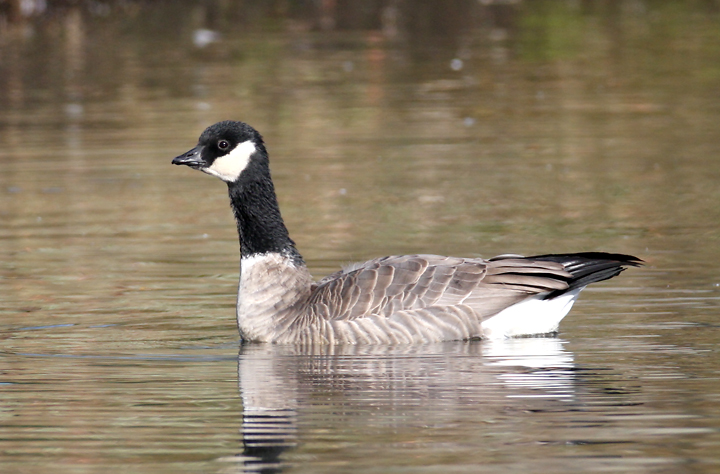
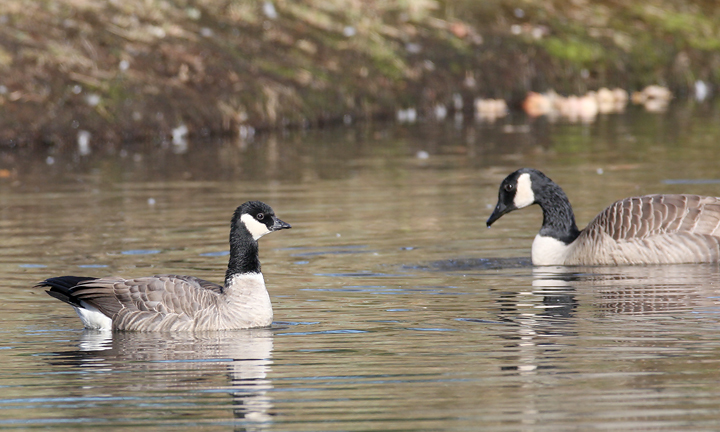
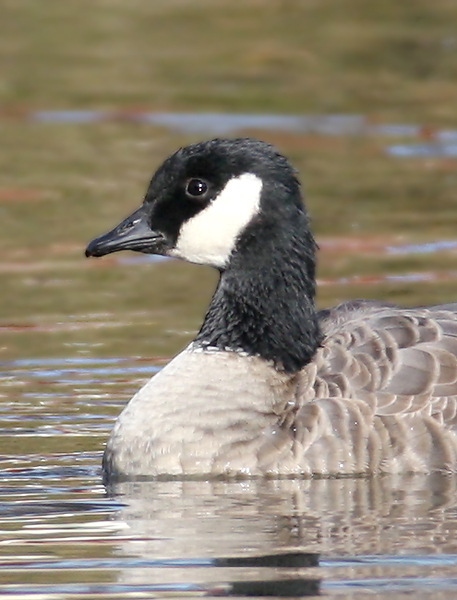
Below: An adult Red-throated Loon at Lilypons Water Gardens, Frederick Co., Maryland (11/22/2007). The last record for this species in Frederick Co. was November 16-19, 1972!
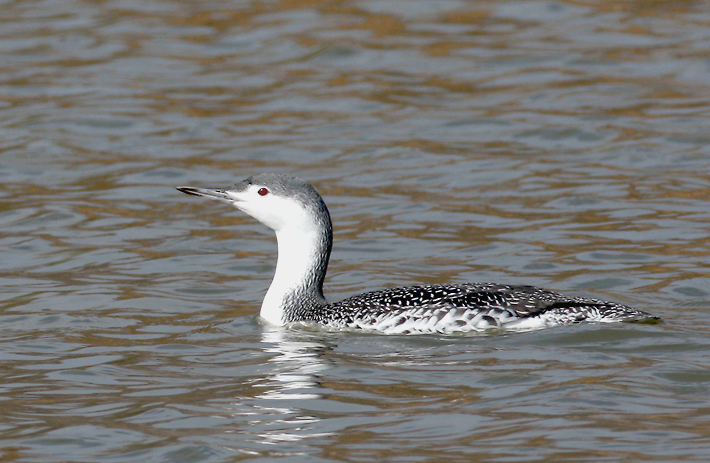
Below two: A first-winter Ring-billed Gull at North East Town Park, Cecil Co., Maryland (11/25/2007).
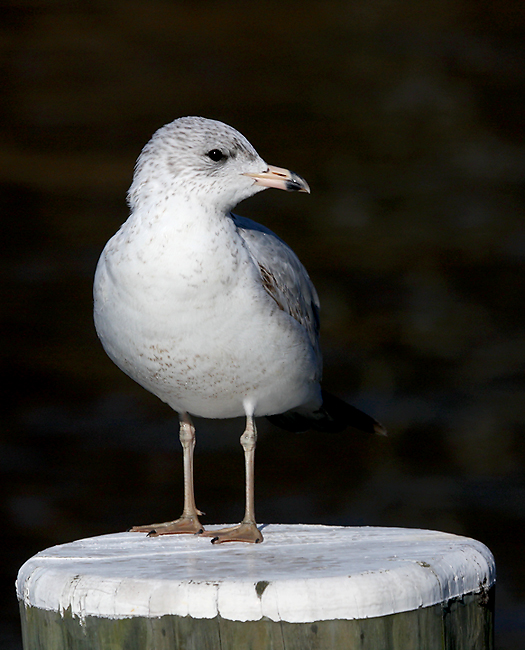
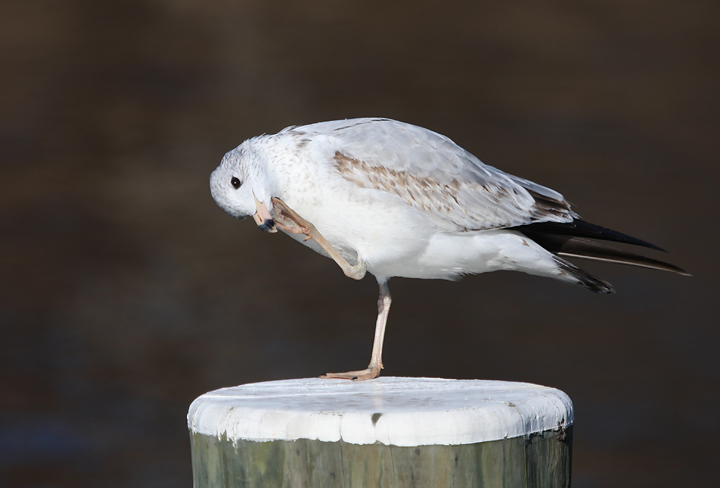
Below: A Pine Siskin feeds heartily at J. B. Churchill's feeders in Allegany Co., Maryland (11/18/2007).
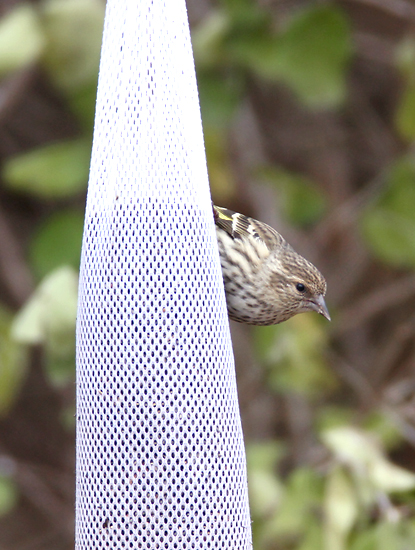
Below: A Greenland Greater White-fronted Goose playing 'Where's Waldo?' amidst a flock of Canada Geese in Frederick Co., Maryland (11/18/2007).
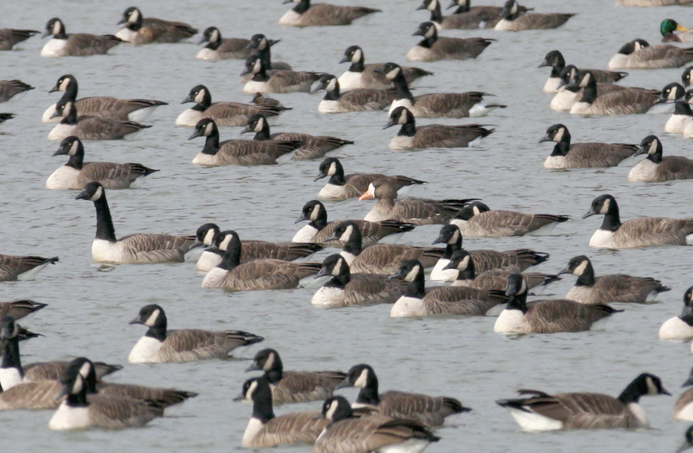
Below two: An adult Red-tailed Hawk takes advantage of the abundant Canada Geese, Frederick Co., Maryland (11/17/2007). We didn't see the hawk take this goose, so it could be scavenging another predator's feast.
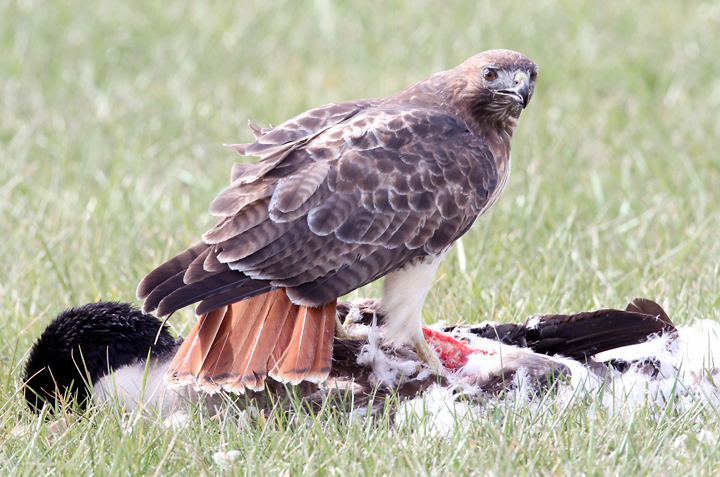
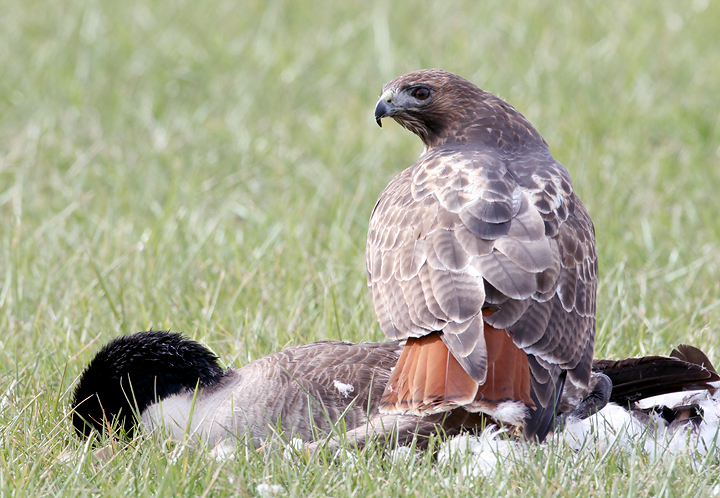
Below: A very distant Northern Shrike hunts beside a marsh in Garrett Co., Maryland (11/19/2007).
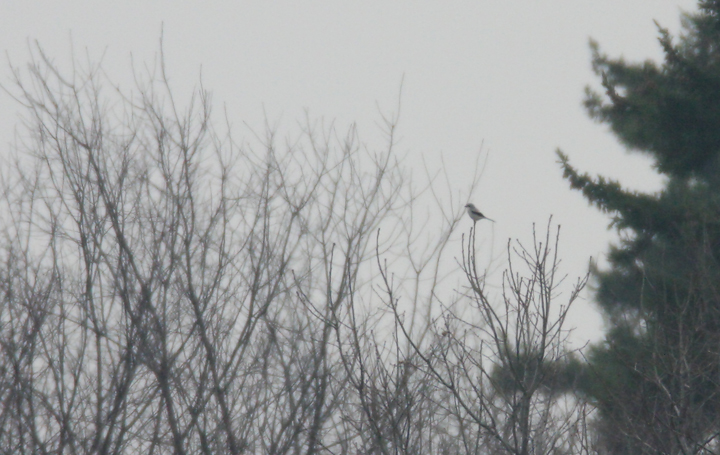
Below: The full moon hanging low at dawn as seen from Point Lookout, St. Mary's Co., Maryland (11/24/2007).
